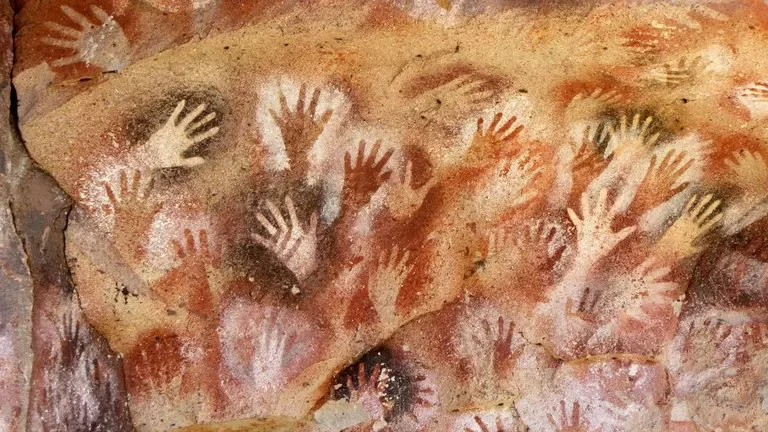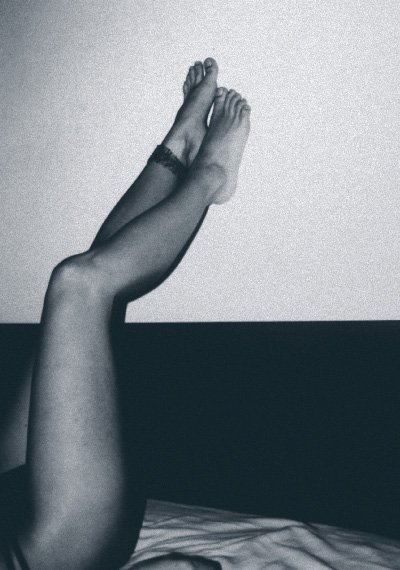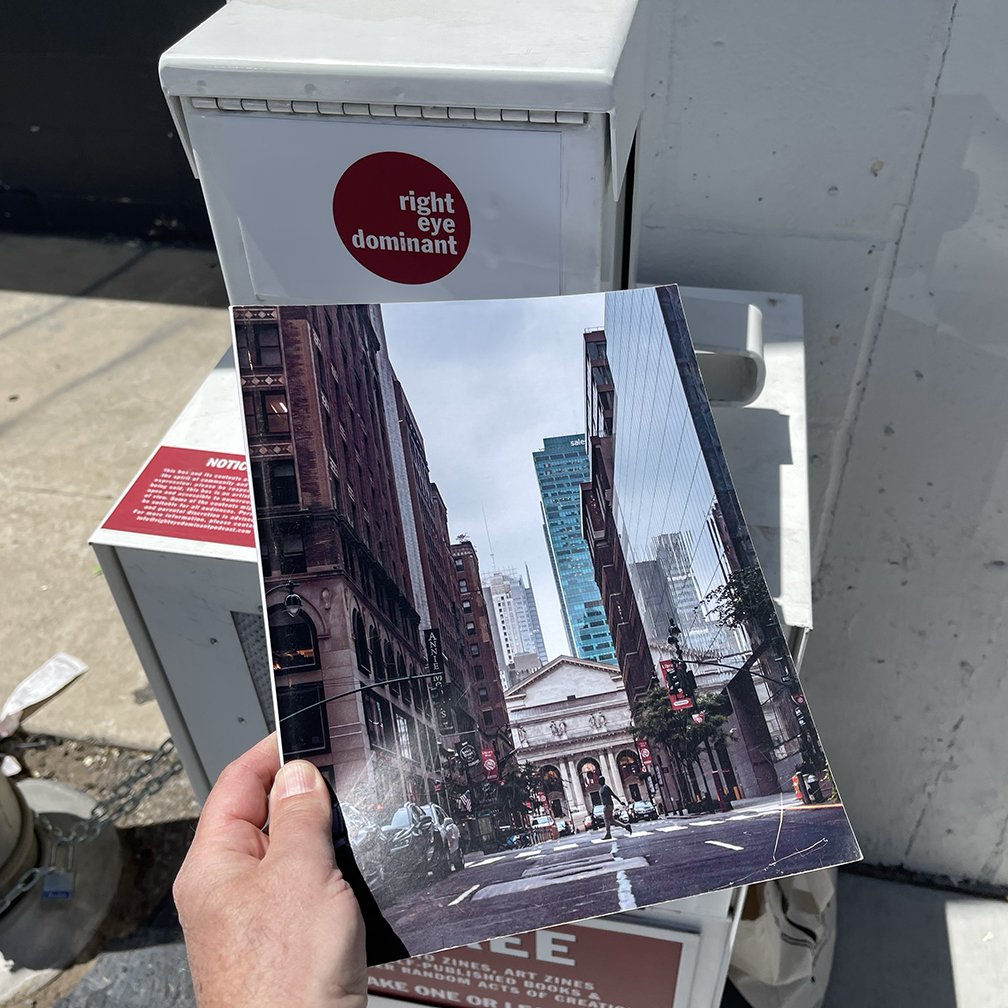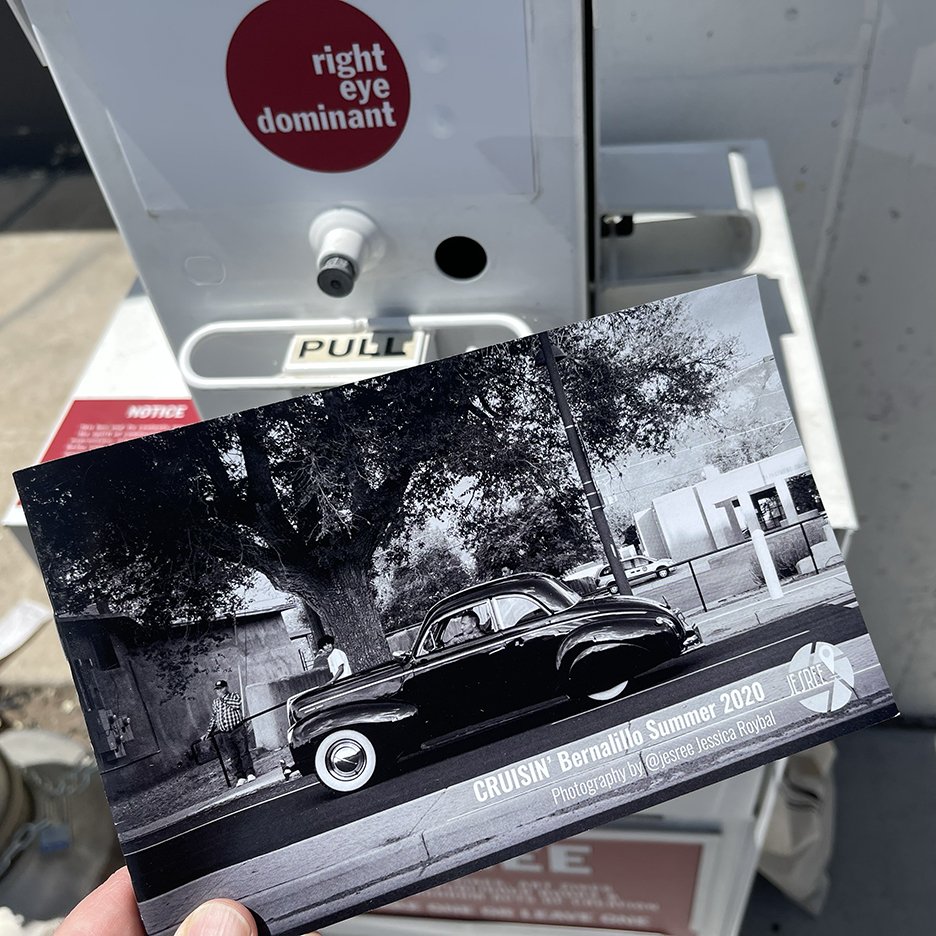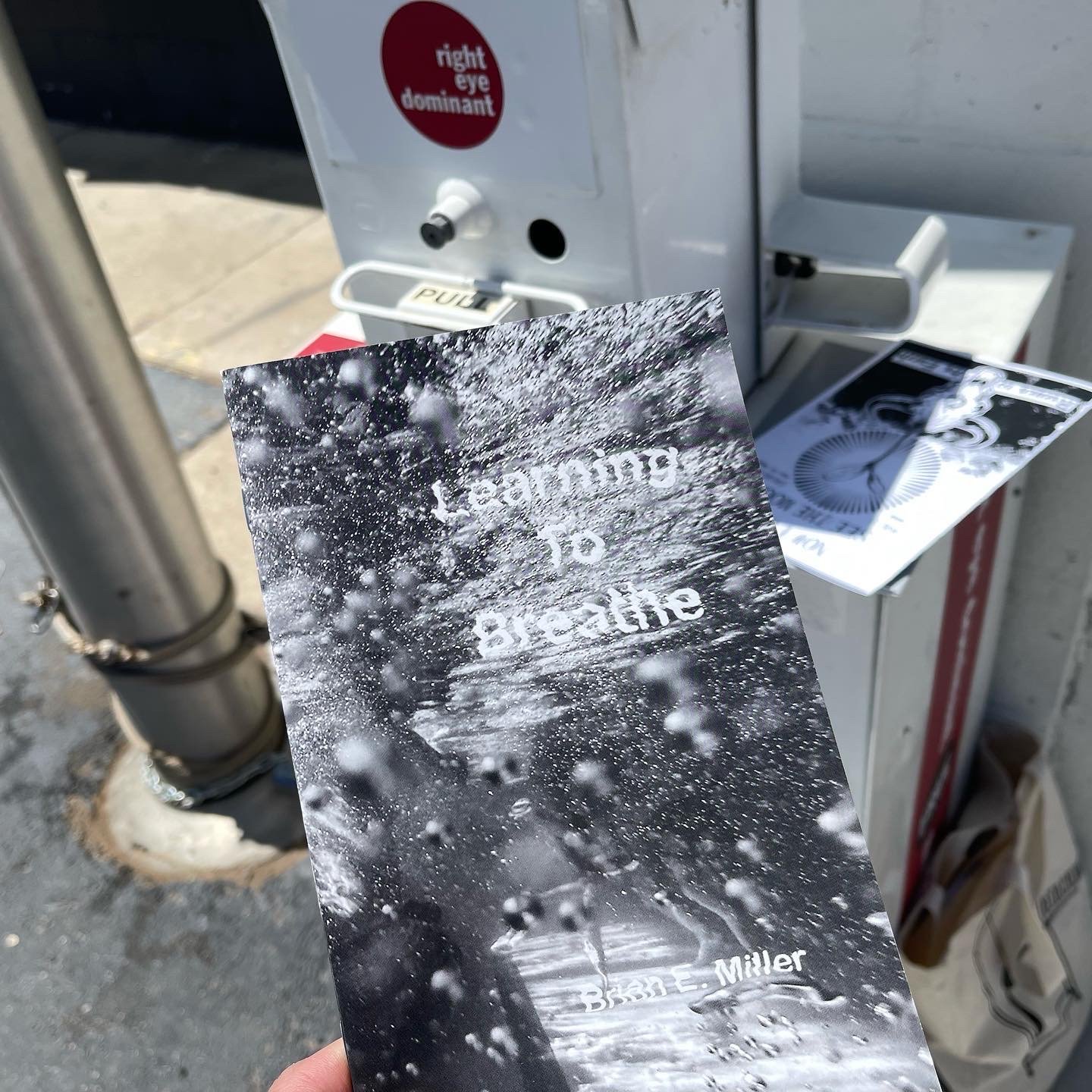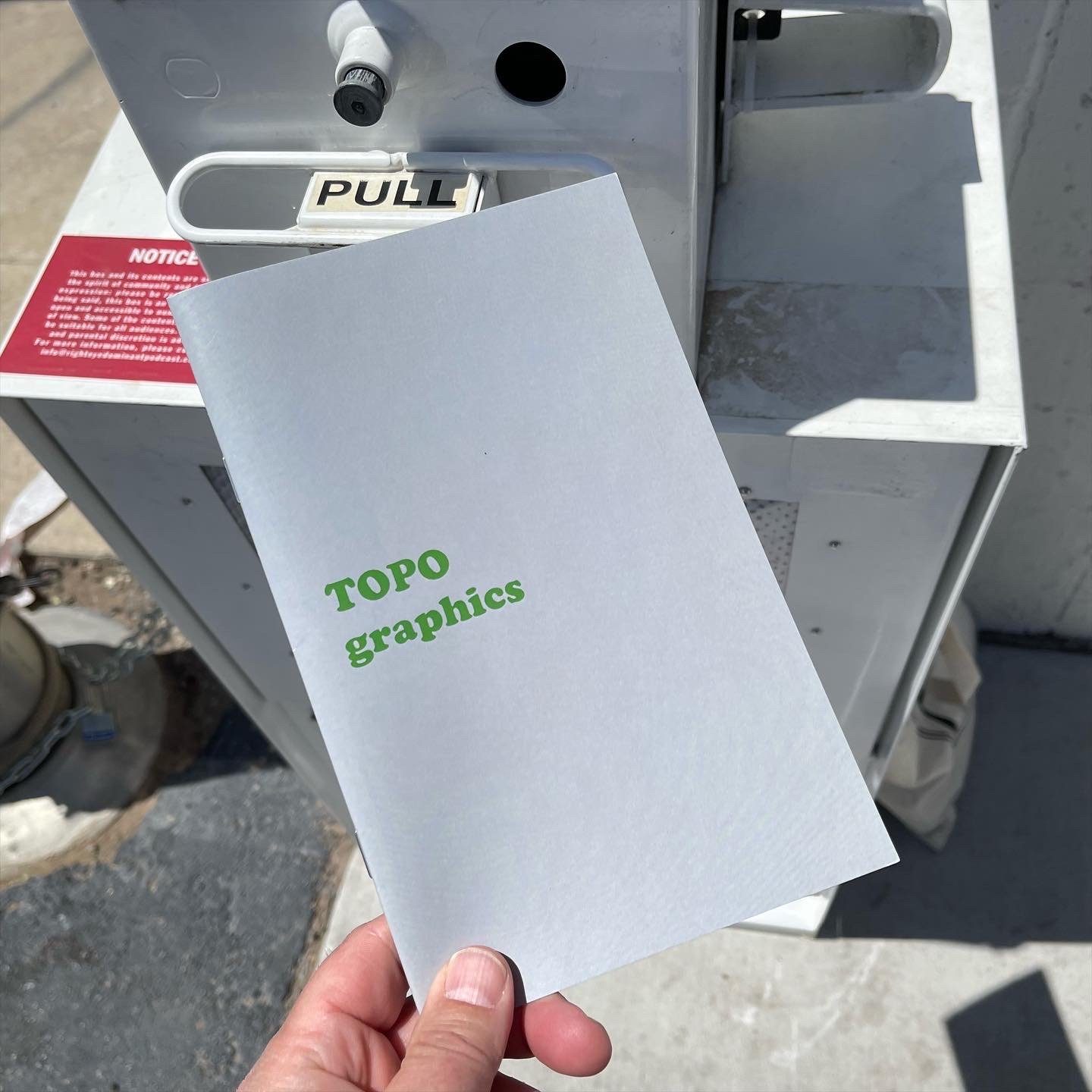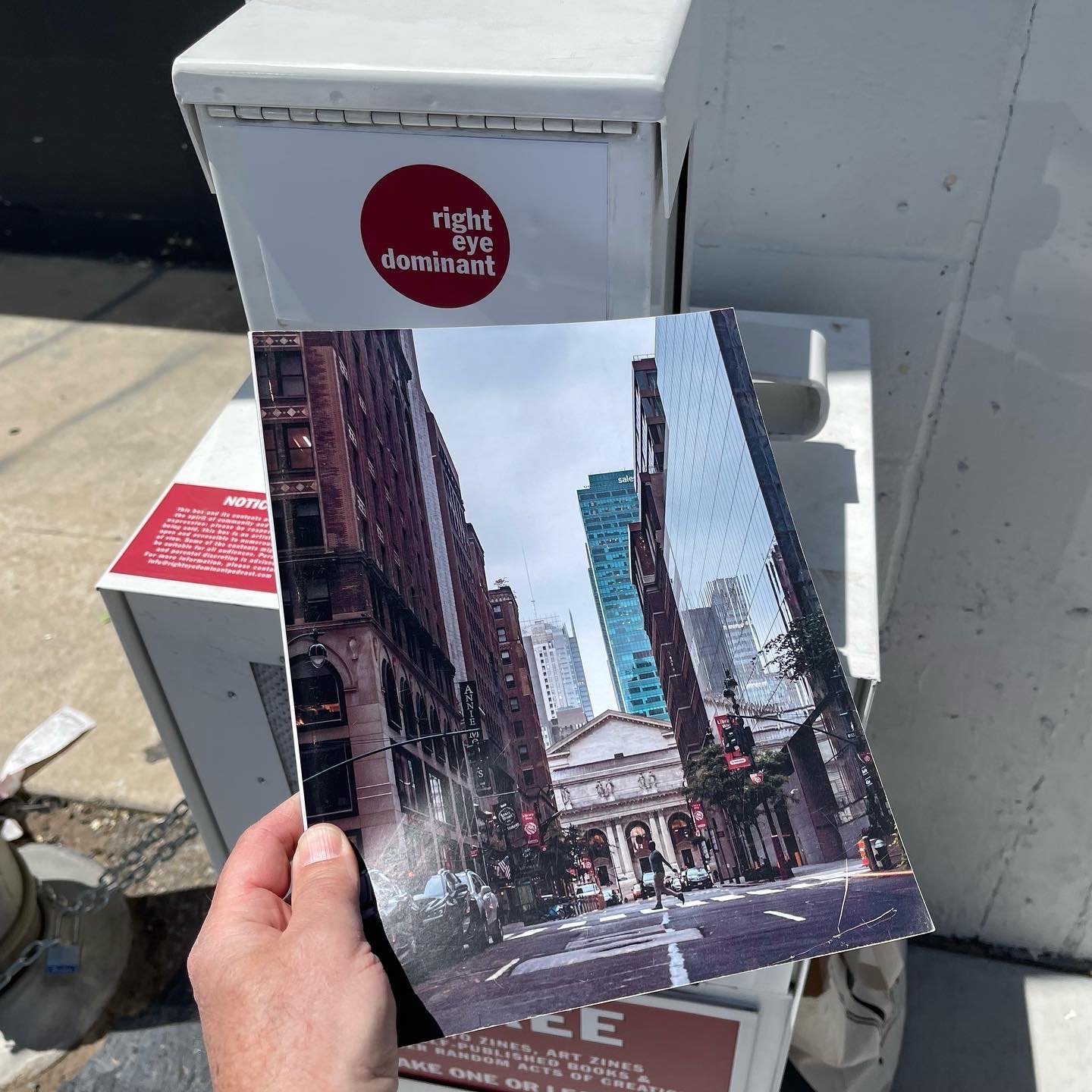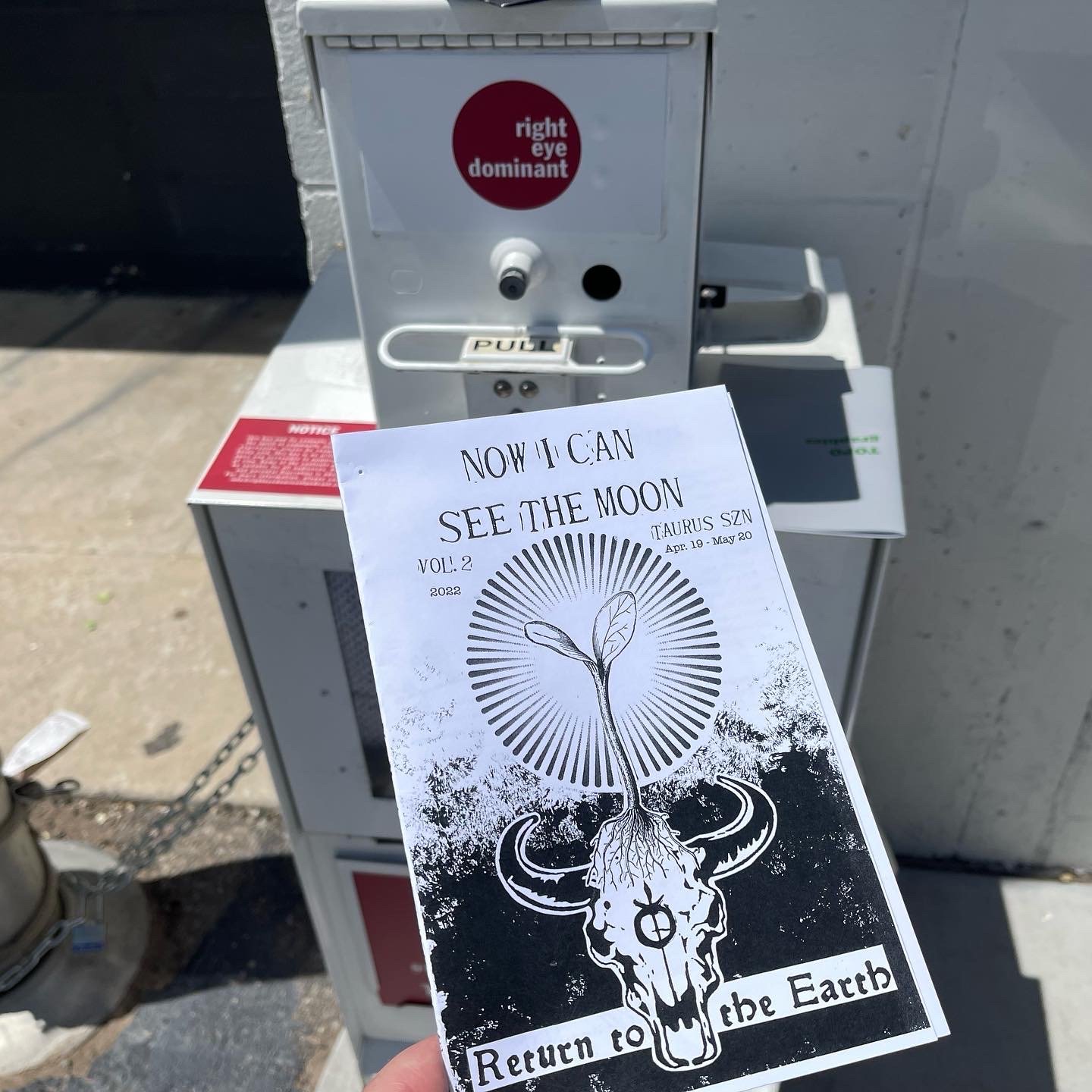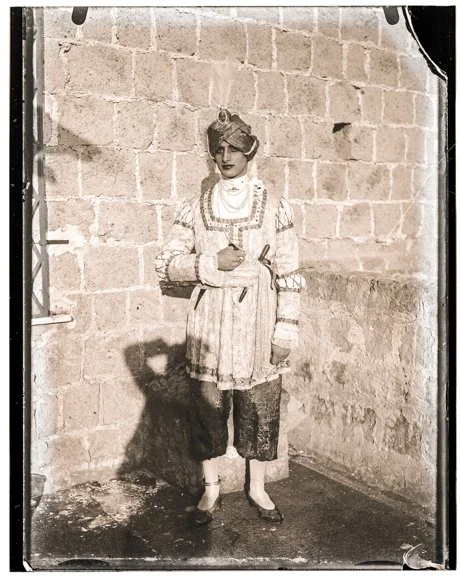In September 2015 I went to Porto, Portugal for a one month artist residency. For a long time I had fantasies of taking an artist residency and had applied for a handful but did not get accepted. The Porto residency seemed a little bit more casual; not a rigid application process (but I did have to show work and do an interview before I was excepted.)
I knew little about Porto when I took this trip. I also was coming off of a major abdominal surgery which had complications resulting in a fairly serious life-threatening situation for me. It was after this health challenge that I realized (and I know this is a cliché) that life is short and you shouldn’t put off things you wanna do; things you want to pursue. You really don’t know how long you’re going to be on this earth. So it was in this mindset that I decided to travel to Portugal. I boarded a plane for Portugal at the end of August (the day after my birthday) not knowing where I was going or who I was going to be living with. Everything was literally an unknown to me.
I arrived in the city of Porto, not knowing what I was going to do or if I was going to do anything at all. I brought plenty of camera equipment, of course. I did plenty of research for resources in Portugal. I even connected with a friend who lives in Lisbon ,who I was planning on seeing while I was there. Other than that, I also carried a copy of Moby Dick with me, in case I was not feeling creative at all, at least I could tackle a good book in the time that I had off.
I shared an apartment building with a group of other artists from all over the world. There was Patrick, an illustrator from Great Britain. There was Juliet who was an illustrator from Canada. There was Rann, who is a musician, there was Ivan, an artist from Mexico City and myself. The house was tended to by two Norwegian artists, and two interns from the Czech Republic (who were both named Lenka.) There was also a house cat named Latto. The house was near the old part of Porto, at the border where the city turns modern and contemporary. The building itself was at least 100 years old, and had large wooden windows opened up to the street…which allowed plenty of flies to come into the house. One of the first things I did when arriving in Porto was go to a hardware store and try to explain that I need it fly strips… not speaking a word of Portuguese, of course. I mimed it and they understood what I needed. The windows of the kitchen of the apartment looked out across the street to a brothel. All day and all night there were older women on the sidewalks escorting blue-collar man into the brothel. I would often sit at the window smoking cigarettes, just watching the endless parade of johns.
There are other things that I remember about Porto. There were definitely smells. The apartment was on an alley, upstairs from a small café where every morning the smell of a garlic infused caldo would waft up into my bedroom. There is also the smell of bacalao, dried cod which is popular everywhere in Portugal and the distinct salty, fishy smell was everywhere. There was exhaust fumes from buses and cars. There was the smell of cigarettes of course. And oil paints and inks, and a dirty bathroom, and the incense that I would burn to keep the mosquitoes away, and the smell of an occasional rain on the cobblestone sidewalks and streets of Porto.
There were taste as well. I would often eat a small pork sandwich called a bifana. There were the Portuguese tarts with coffee in the morning. The taste of cheap, local white wine from the nearby Douro Valley bought at the local grocery for two euros a bottle.
And of course, there were sounds always sounds in the city. The apartment was a few blocks away from a church that would ring it ancient bells regularly, especially early in the morning; it was a beautiful sound. My fellow artist across the hall was is doing a series of artwork with an old typewriter. He stayed in his room with the door closed almost all the time. But I would hear the incessant clacking of the typewriter. At the end of the month when we all shared our work that we created, I remember he filled his room with sheets of paper with oddly designed geometric shapes that he typed out on the typewriter, hanging on string from wall to wall.
I could go into the artwork that I created while I was in Portugal. I feel like the less I say about it the better though, because the artwork that I created was the result of everything that I allowed myself to experience. And it was these experiences that were far more important to me. I did eventually create a book and an exhibit of the photographs from Portugal. This was a huge step forward in my belief in myself as a photographer and artist. It also began a self publishing journey which I continue to this day, almost obsessively.
So this rambling entry is really just to document my feelings about time. Not only the time that I spent in Portugal, but also the value of giving myself that gift of time to pursue something deeply important in my heart. My hope is that reading these words encourages you to consider giving yourself the gift of time to pursue whatever it is you are interested in. It doesn’t have to be a month overseas. It could just be an afternoon by yourself. It might lead to something amazing, or it might just be a much needed break from your routine.
2022: 21 Is Art Necessary?
Why do humans make art? It serves no utilitarian purpose yet it does have value in our lives. But what forced human beings originally to create art? Is it some glitch in the development of our brain? What is it that sprung out of human evolution that spurred this need to create? Art is not integral for our survival. Art, however, does make our lives worth living. Art embellishes our existence. But we can survive without it. We need to eat to sleep for shit and piss and fuck but we don’t need to make art. Art and its value is completely reliant on how it’s perceived by our brains. I find this whole idea not only intriguing but also confounding. And I say this as an artist; I say this as someone who is driven to create. Even the creation of commercial art (advertising something to sell) is rooted in some deep-seated place in our brain that response to pretty things, colorful things, loud things. I don’t know where this comes from. I don’t know if anyone knows where this comes from. I am not proposing that we shouldn’t make art. Most of my days are filled with thoughts about art (if not straight down right creating.) But why do I do it? Why do we do it? Is there an answer to this question?
2022: 19 Iduare
Most of my time, I toil on my work alone, isolated in my studio, headphones on, in my own little world. This is not unique to artists or photographers, of course. The pandemic has only exacerbated this isolation. On the plus side, it has proved very productive for me, but I do find the urge to reach out and connect (both literally and figuratively) with other people, other creatives, other photographers.
To that end, I reached out to my frequent collaborator Fábio Miguel Roque in Portugal, and asked him to connect me with one of his frequent collaborators, Peter Oey in the Netherlands. My hope was to work together on “something.” What that was I had no idea. Both of these artists are prolific and create unique photographic work, mostly in book form.
After numerous exchanges over WhatsApp, we devised a plan to collaborate on a set of self-published books. We combined a pool of photos from which we each would pull from, and then design a book in our own chosen manner. The images were loosely based on a common theme (explained in detail at the end of this post) but the final choice and layout was at the discretion of each artist. To further the uniqueness of each book, hand assembly and / or binding techniques were employed. We each produced 14 books in total, 11 to sell, and 3 artist’s proofs…one for each of us.
The entire process took a bit over one month to complete. Quick yes, but also liberating and at the same time, connecting me with two other creative friends, albeit thousands of miles apart. I am proud of this project, and hope you will consider purchasing one at my online shop. But even more important than sales is the satisfaction of forging connections as a panacea for the isolation of the past few years.
IDUARE (old Latin) or IDES refers to the middle day of each month in the Roman calendar. Every month has an Ides, with the Ides of March being the 15th.
The word I des comes from the old Latin verb, iduare, which means to divide. This day became well known as the date of the assassination of Julius Caesar, which made the Ides of March a turning point in Roman history. Julius Caesar heard and ignored the warnings about the Ides of March. That day has since become associated with doomsday.
Doomsday and ignoring warnings of visual signs is our theme for this trinity of books. Each is born out of brainstorming discussions between the three artists.
Each book takes on a unique format, decided upon by each artist; created from a pool of photographs each had submitted for this work, expressing diverse viewpoints on the theme. What unifies each book, beyond the recurrence of images, is a spirit of creative opposition in the face of the complicated, often dangerous world we live in.
Are we soothsayers? Ignore at your own peril.
2022: 18 Zine Exchange
If you know me, you know that I love to see my photos in print. That extends into photo books, photo zines and everything else related to self-publishing. I also try support other creative people in their pursuit of getting their work into print. To that end I decided to take a big step forward in the interest of community building and sharing each other’s vision. Inspired by conversations with fellow photographers and witnessing the proliferation of little free library‘s all over my hometown, I decided to create my own spin on this concept by creating a photo zine / book exchange.
Thanks to an inside scoop from a friend, I was able to get my hands on an old Albuquerque Journal newspaper distribution box. I cleaned it up and emblazoned it with custom graphics and now this box acts as a public, free, zine exchange. Special thanks to the good folks at Little Bear Coffee on Central Avenue in Nob Hill, Albuquerque for allowing me to place the scene box right out in front of their coffee shop.
I have stocked the box with zines from my personal collection that I have accumulated over the years, mostly from exchanges with other photographers and artists. I have also included some of my own zines just to get the ball rolling. Since it launched a couple of weeks ago it has been exciting to see people participate and even leave their own zines in the box. If you create your own photo zines or art zines or photo books, and would like to take part in this project, please send me a direct message and we can make arrangements for you to send your work. No strings attached, no money exchanged; just sharing the things that we create. Because, isn’t that what art is all about?
“The Steerage” by Alfred Stieglitz
2022: 17 Camera Work
I was going to give myself the day off today, chilling out with some non-photography related pursuits. A reward for spending the day in my studio yesterday, finishing off the next self-publishing project I’ve been working on. Hand-binding a stack of books was intense work, and I need a break. So, of course, I stumbled upon something too photographically relevant to avoid, and in the interest of sharing my obsession, I will let you in on this discovery.
Apparently a complete set of the seminal photo journal “Camera Work” is going up for auction. Unless you have about $200K burning a hole in your pocket, this treasure trove of early 20th century art photography will most likely be out of reach. Fear not, the entire collection has been digitized, and is available for downloading (as PDFs) from the good folks at the Modernist Journals Project. Enter this rabbit hole at your own risk. All I know is…there goes my peaceful, non-photographic Saturday.
For some background (thank you Wikipedia):
Camera Work was a quarterly photographic journal published by Alfred Stieglitz from 1903 to 1917. It is known for its many high-quality photogravures by some of the most important photographers in the world and its editorial purpose to establish photography as a fine art. It has been called "consummately intellectual" … "by far the most beautiful of all photographic magazines"… and "a portrait of an age [in which] the artistic sensibility of the nineteenth century was transformed into the artistic awareness of the present day."
Lunar Abstraction
2022: 15. Get sick, get well, hang around a inkwell
I have been fortunate to have avoided the dreaded Covid over the past 2 plus years. I have also been fortunate to have been vaccinated and boostered. Due to my age, I received booster shot number four this week. With it came the expected cruddy feelings the following day. After shots two and three, I was pretty much down for the count the following day. Shot number four was no different. Body aches and extreme exhaustion were on the menu again. I made sure I had little work responsibilities for the day after, and spent most of the day in bed. I think I logged about 16 hours of sleep. Again, good fortune to be able to just stay in bed and sleep. There is an interesting element to this experience. Usually when one gets sick, one doesn’t know how bad or how long the illness will be. Add the unpredictability of the Covid pandemic to the mix and anxious days or weeks can easily follow. There is something very different when you know what to expect, having voluntarily introducing a small bit of disease into your system. Riding out the after effects was not pleasant at all, but the understanding that the pain and suffering would be finite made things much easier to process mentally. A surrender to the reality of the situation was comforting, as was a warm bed in a quiet house. Today, I feel almost back to normal. With the time to do nothing but rest came some time to sit quietly with my thoughts and ponder the plenty I have in my life, including the ability to get sick and then get well again.
2022: 14 Heart of Glass
I have been exploring alternative processes lately in my studio. My path away from digital photography has been quite the journey, taking me through various film stocks, pinhole cameras, instant film, encaustics… and most recently, cyanotypes. Hand coating paper with light sensitive chemicals is another world of challenge and experimentation. One thing I learned very quickly was the benefit of using a larger negative to create cyanotype prints. Yes, collaged 35mm negatives can work, in their own way, but nothing beats a 4 x 5 negative (or something even larger.)
With this in mind, I have begun to purchase old, glass negatives from eBay. There is a whole world of decades-old imagery out there, just waiting to be rediscovered. Sometimes the image might be so unique that it commands exorbitant prices; I generally stay away from those sellers. I found a good source of “lots” of negatives this week. reasonably priced, but in varying degrees of quality and condition. Still, there are a few gems in the stack of negatives that arrived in my mailbox.
The image above is a prime example. I’m not sure how old the negative is, but it looks like it is early 1900s for sure. It also looks like it might not be in the United States. The appearance of the wall behind the costumed man looks Mediterranean, or possibly Latin or South American. The outfit the man is wearing could be a costume, or could be a cultural outfit…again, I have no clue.
However, my favorite part of this photograph is the obvious shadow of the photographer. What is often considered an amateur mistake is, in this case, a special tribute to those of us who wield a camera, documenting our family and friends, with no desire for fame or glory or recognition. As young photographers, we are taught how to avoid harsh shadows, and most certainly our own shadow creeping inside of our pictures. There are exceptions to this rule, of course.. Lee Friedlander is a prime example of photographing one’s own shadow. This glass negative does not seem to intentionally include the shadow of the photographer.
Nonetheless, I find it charming to see the presence of the artist in the picture. I wonder who these people are, where this picture was made, and about the fact that they are dead and gone now. I wonder if they are remembered fondly by a handful of family members, or if my discovery of a long lost negative brings some kind of cosmic attention to people whose legacy was lost to time. And I think about the photographer him (or her) self, and the tangential connection we now share.
2022: 8 Gratitude
Every once in a while, I am reminded of the good things in my life. It has been harder to do so after the past couple of years, for sure, but this week afforded me time to reflect. I am lucky to live in relative comfort, in a supportive relationship, with friends and (decent) health and no real “wants” as far as the basics of human life are concerned. Especially having carved out a creative life that fulfills and challenges me on a daly basis.
This past weekend, my amazing wife performed a solo concerto with the Santa Fe Symphony, and as I sat in the audience, I was reminded how special she is, and how good our life can be. We both have made choices to pursue our creative endeavors, often at the expense of more traditional societal choices and paths. But the rewards of the things we are able to do are so much worth it. Living an artistic life, with all of its ups and downs, is something I value deeply. The choice not to have children has also allowed us to pursue our creative journeys with more freedom and flexibility than others, and that, too is something I am keenly aware of and value deeply.
This week, aside from attending the symphony performance, I also worked on a new self-publishing project, recorded and edited my next podcast episode, and had two satisfying sessions with my improv team. I know that life throws curveballs all the time. health and wealth and stability are precious and precarious. But for this week, at least, I am able to feel satisfaction and gratitude. I wish the same for all of you, in whatever shape or form that might take. Thank you for being along for the ride.
2022: 7 Back to the Desert
Sometimes you have to throw caution to the wind and act impulsively. I am far from that kind of person, in all honesty. I labor over decisions and choices, looking at things from every possible angle before making up my mind.
*Note: maybe most of the time… perhaps that is why I love doing improv…thinking on my feet, in the moment…
In any event, this past weekend, I made a Saturday evening decision to jump in the car early on Sunday and drive the 6+ hours out to Tucson, Arizona. My long-term project shooting the saguaro cactus was in need of some “winter shooting” and I had a small window in my schedule. So, with the blessing of my wife, who is woodshedding in prep for a solo concerto, I headed out of town…camera in tow.
The skies were clear, the temps were warm…hardly the winter experience I was hoping for. Still, the light at golden hour (sunrise and sunset) was beautiful, and my Holgawide pinhole camera did not disappoint. Plus, I avoided the spiky surprises of the unnoticed cactus ripping into my flesh for this visit, so that’s a win, for sure.
Not sure how many more visits to the saguaro this project will require, but the silence of daybreak over the desert, with the sun peeking over the ridge of a distant mountain, not another person to be seen or heard… that is something I will treasure every time and is reason enough to return.
Experimenting with film, double exposures and Procreate. Pushing pixels is not a crime.
2022: 6 Follow Up
Last week on my blog post, I asked if anyone could figure out how I made the photo I shared. What camera, what film what method did I use to create the “stitched” image above. A few intrepid readers got close (Mr. Atkins, in particular.) So, in the interest in full disclosure…I used my iPhone with a swanky app that simulates a bevy of old film cameras. This sharing was an exercise for myself: to see how the method, the process of making a photo impacts how it is perceived by a viewer. I also wanted to challenge my own biases about film vs digital vs iPhone photography. I am working hard this year to NOT GIVE A FUCK about the semantics and the dogma of image making. Do I like the picture? Do others like it? Does it matter? Does it matter how it was made? Do the answers to these questions mean anything to anyone? Probably not. I work hard to create images that do”something.” But that something doesn’t have to be earth shaking, transformative or revolutionary. They could be mundane. They could be entertaining to me and only me. They could be failures…digital ephemera that will float way within a few minutes of being shared. Dust in the wind, so to speak. This transience can be depressing, or it can be liberating. I choose the latter.

